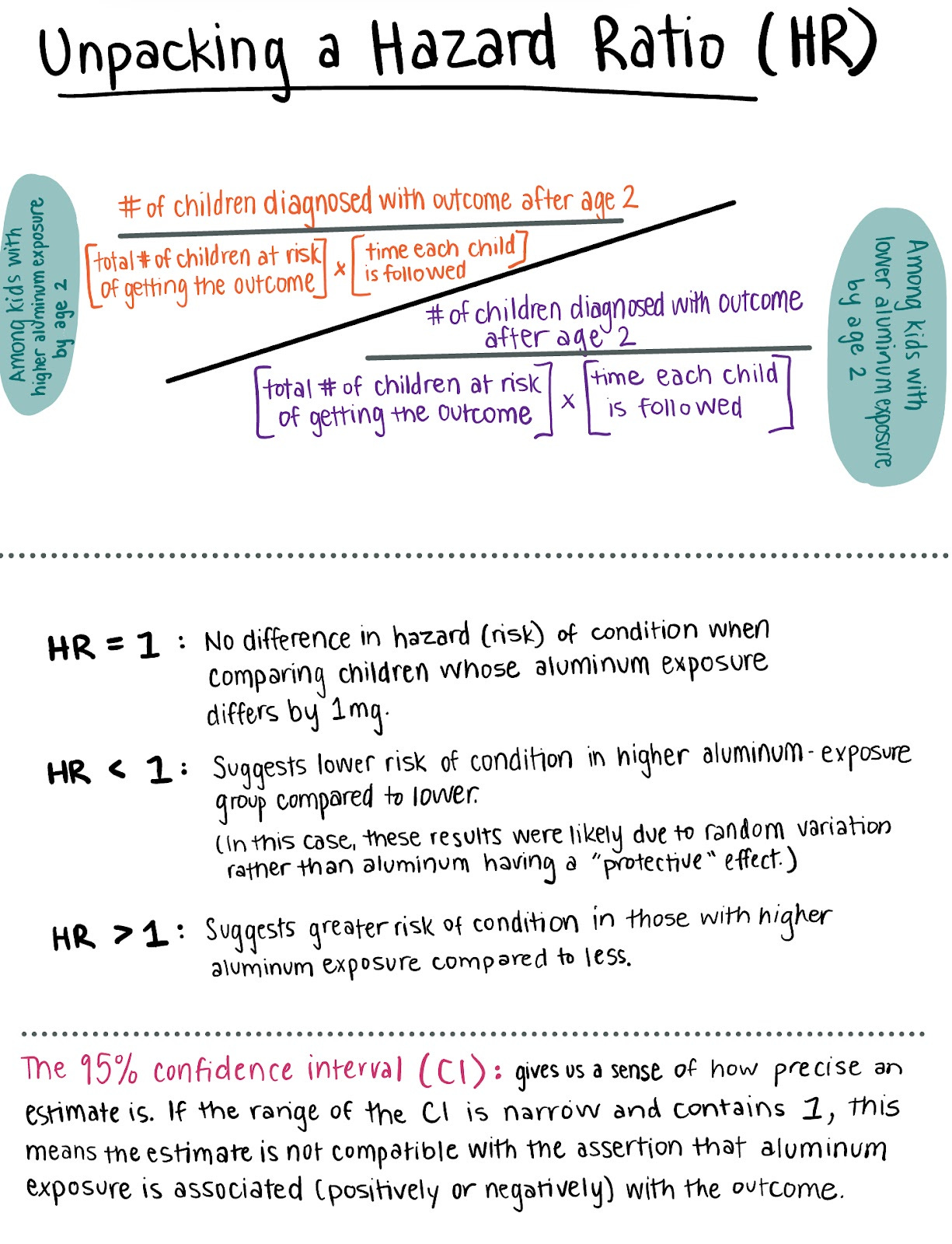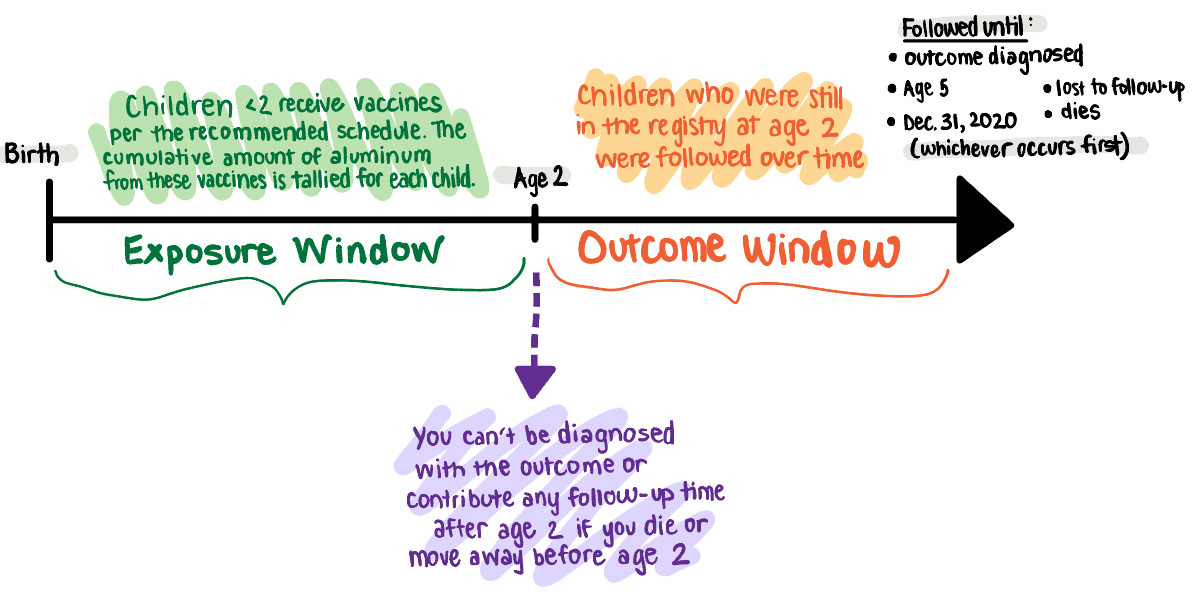Don't Be Foiled by RFK Jr.'s Rebuttal of the Danish Aluminum Study
Description
When the Referee Becomes the Player
We find ourselves at a critical juncture in public health history. The person charged with overseeing America's health agencies, including those responsible for vaccine safety monitoring, is actively working to undermine confidence in one of the most comprehensive vaccine safety studies ever conducted. Health Secretary RFK Jr. has launched a blistering attack on a Danish study published in the Annals of Internal Medicine that found no link between aluminum in vaccines and 50 different health conditions, including autism. He’s even gone so far as to call for the publication’s retraction–a step that the well-respected medical journal has made clear it will not take.
His critique, which he claims reveals a "devastating indictment" of aluminum-containing vaccines, fundamentally misrepresents both the study's methods and its findings. Let's walk through what the science shows, and why Kennedy's interpretation doesn't hold water.
Important note: The authors of this study have addressed all of these critiques, publicly explaining their rationale and even conducting additional analyses using the methods critics requested. They reported these secondary results openly, and the findings still support their original conclusions. This is an impressive show of responsiveness on the authors` part to be open to criticism and address concerns. These responses and new data—some released just today—are available here and in the article’s comments section if you scroll to the bottom of the published article.
One more thing: This article is more technical than our typical content, but we felt the detail was essential given the serious nature of these critiques. We've included plain-language explanations where possible, but some complexity is unavoidable when defending good science against misleading attacks.
The Study: What It Did
Denmark has a national Medical Birth Registry that enables comprehensive data collection. This Danish study by Andersson et al. included nearly 1.2 million children born between 1997 and 2018, and examined whether aluminum exposure from vaccines received in the first two years of life was associated with 50 different health conditions:
36 autoimmune diseases
9 allergic or atopic conditions
5 neurodevelopmental disorders (including autism spectrum disorder and ADHD)
The researchers leveraged changes in Denmark’s childhood vaccination schedule over this period, allowing them to examine natural variation in aluminum exposure (ranging from 0 to 4.5 mg by age 2). This "natural experiment" design is particularly powerful because it examines the effects of cumulative aluminum exposure in a real-world context due to system-level rather than individual-level changes.
The results were clear: Each 1-mg increase in aluminum exposure from vaccines did not lead to an increased risk of developing nearly every condition studied. The hazard ratios were:
Autoimmune conditions: 0.98 (95% CI: 0.94-1.02)
Atopic and allergy conditions: 0.99 (95% CI: 0.98-1.01)
Neurodevelopmental conditions: 0.93 (95% CI: 0.90-0.97)

Kennedy's Core Claims
Claim 1: "The Study Excluded High-Risk Children to Hide Harm"
Kennedy's Assertion: The researchers deliberately excluded children who died before age 2, those with early illnesses, and those with implausibly high levels of aluminum exposures (2.8% of children) to hide vaccine injuries.
The Reality: These are standard epidemiological practices, not manipulation:
Excluding early deaths and kids diagnosed before 2 years of age: The researchers were specifically interested in new diagnoses of outcomes after 2 years of age, so they could avoid any shorter-term health differences in children under the age of 2. Children who already had one of the outcomes of interest or died before age 2, by definition, cannot receive a new diagnosis of the outcome after age 2. Starting follow-up at age 2 ensured the total level of exposure to aluminum by age 2 was set and allowed for the expected delay between symptom onset and diagnosis of these outcomes. In a secondary analysis, the authors assessed follow-up starting at 14 months and found similar results.

Excluding severe congenital conditions: Children with conditions like severe immunodeficiency or organ failure have fundamentally different care-seeking behaviors and health trajectories. The authors sought to ensure the children under the age of two were similar at baseline so that their conclusions could be more generalizable to an “average” childhood health trajectory following the receipt of aluminum-adjuvant vaccines. Including children with severe congenital conditions would muddy the waters and make the study findings less generalizable.
Removing implausible values of aluminum exposure: These were likely data entry errors due to duplicate records or coding mistakes. As <a href="https://www.trialsitenews.c





